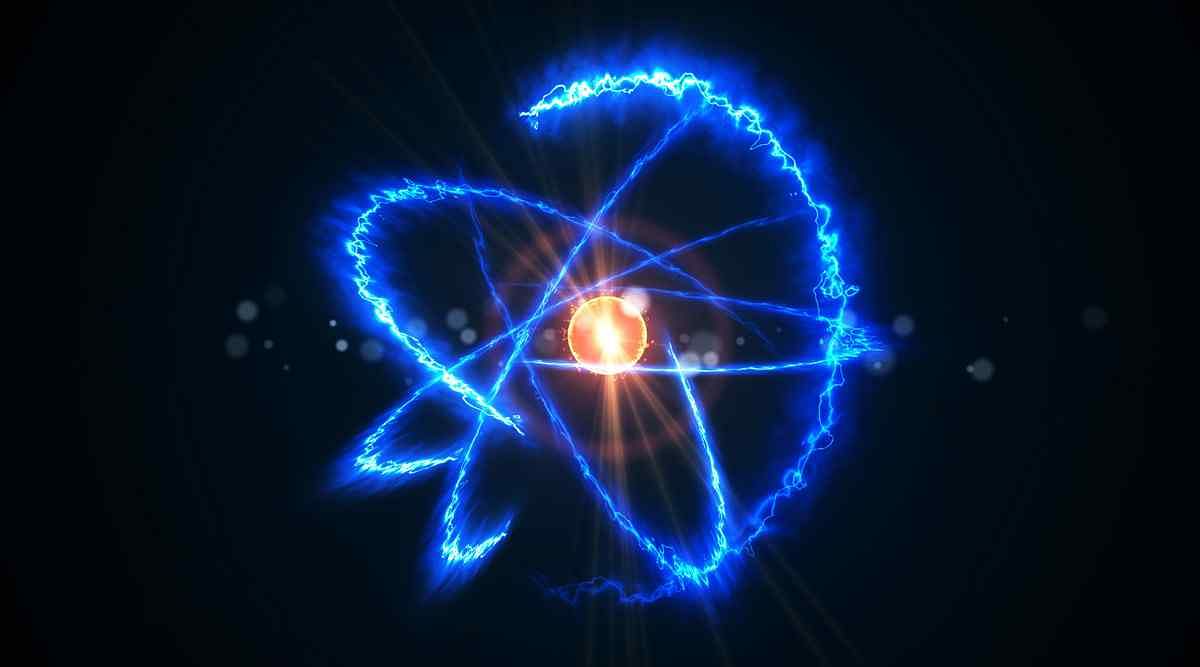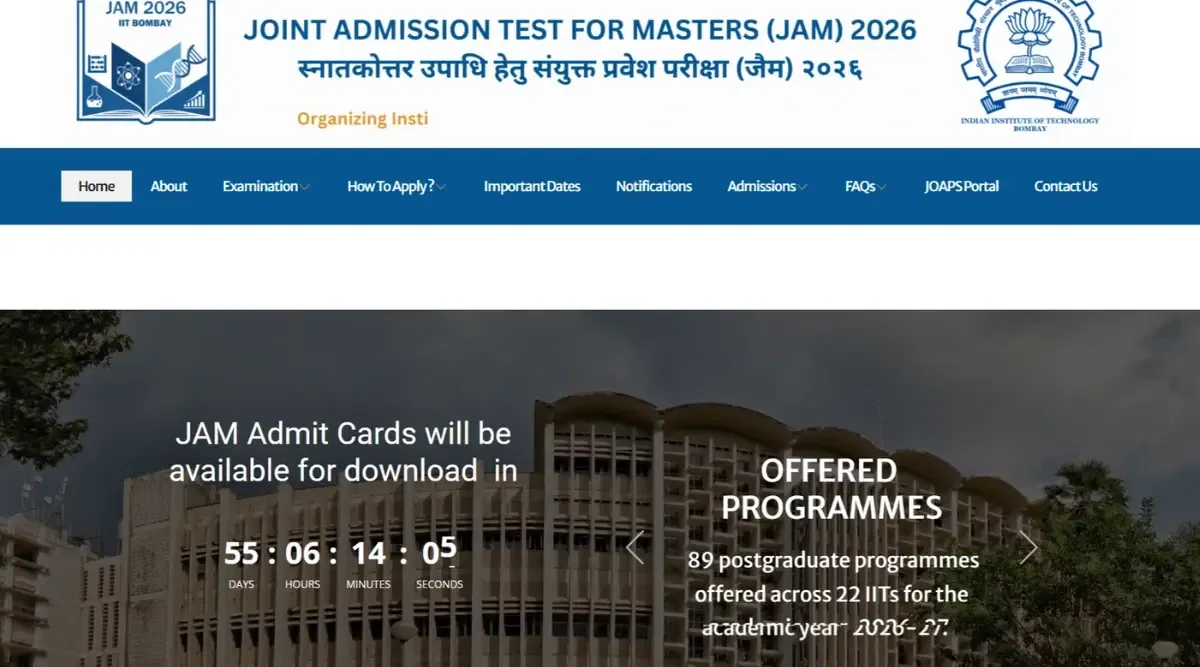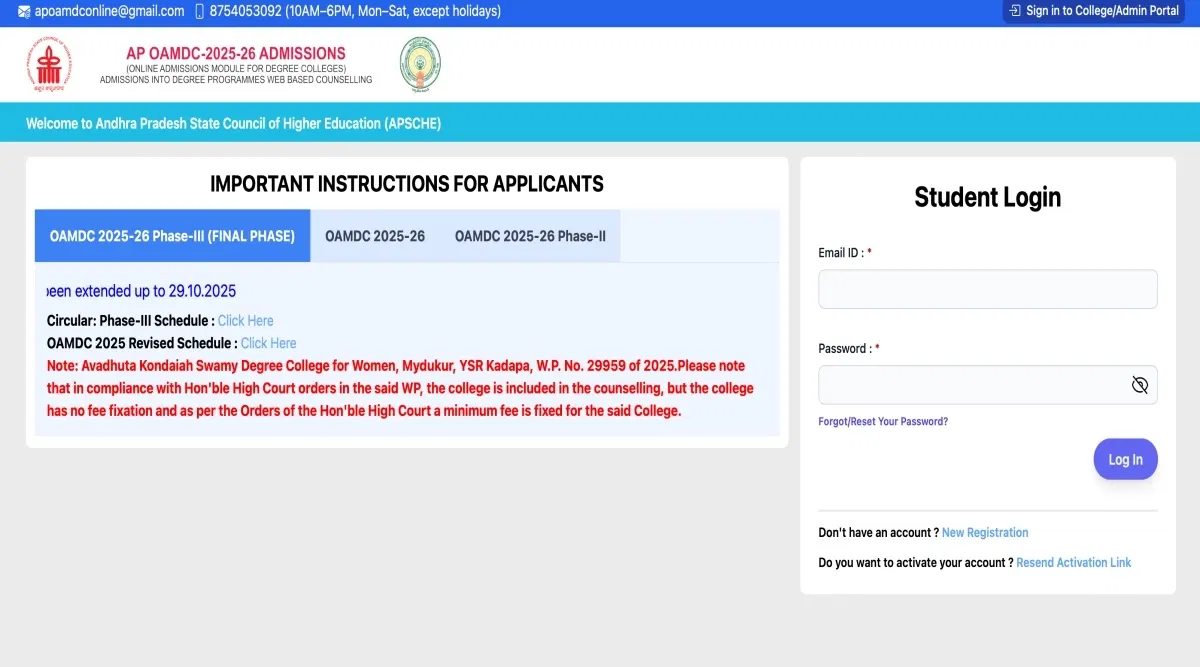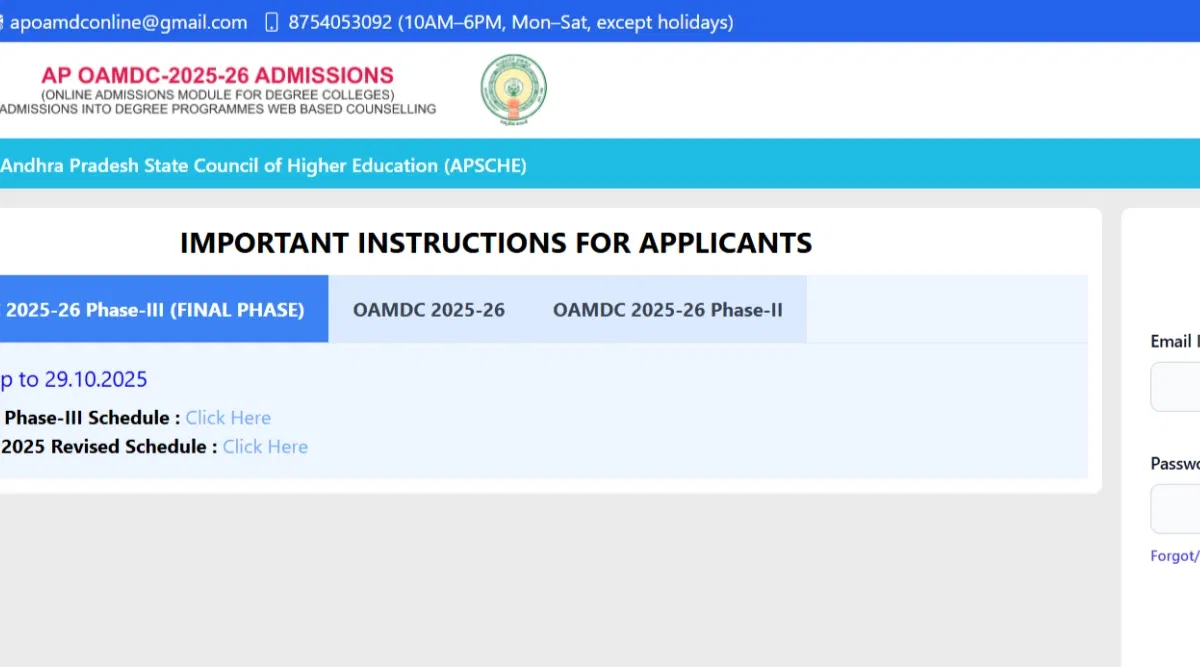In this article, you will have all the required information regarding the best books available in the market for the B.Sc Physics course
Table of Contents
B.Sc Physics is one of the most reputed coursework in the stream of pure science. It is also one of the most popular courses as many household names like Tesla, Einstien, etc. are physics graduates. B.Sc Physics course offers scope for research and the topics pursued during this course are majorly theoretical oriented. The course gives a very deep understanding of fundamental physics concepts and their applications in several domains. For any research-based course, books are a major source of learning and information. Plenty of books are available for a pure physics course both published by international authors and Indian authors. Let's take a closer look at some of the top B.Sc Physics books.
B.Sc Physics Books
Many people in our country do not know the word physics, but they know the study of matter around them. It took time for people to join this course. Many authors have written books on the subject of Physics, and all the colleges use some of the other books as a reference and as textbooks. Let us now look into the top 5 books used as the best books for the B.Sc Physics course in India.
| Subject | Book Name |
| Physics | Mechanics |
| Introducion to Physics | Elements of Properties of Matter |
| Physics | Physics for Degree Students |
| Waves and Oscillation | Physics of Waves and Oscillations |
| Nuclear Physics | Introductory Nuclear Physics |
| Classical Mechanics | Classical Mechanics (Goldstein) |
| Thermodynamics and Statistical Mechanics | Fundamentals of Statistical and Thermal Physics |
| Electromagnetism and Photonics | Wireless and Guided Wave Electromagnetics |
| Relativistic Mechanics | Classical And Relativistic Mechanics |
| Quantum Mechanics | Introduction to Quantum Mechanics |
| Atomic Physics | A Student's Guide to Atomic Physics |
| Molecular Physics | Advances in Atomic, Molecular, and Optical Physics |
| Condensed Matter Physics | Principles of Condensed Matter Physics |
| High-energy Particle Physics and Nuclear Physics | Introduction to High Energy Physics |
Mechanics
Mechanics is one of the oldest books that many students across the country are still using. The book is published in the year 1978, and the author of the book is D.S. Mathur. He is considered to be the topmost physics author in the country. He is also the only author who has two books on this list; you can now understand the level of physics in this book. The book is very popular among students. A majority of the colleges and universities follow this book as a reference and also as a textbook.
Elements of Properties of Matter
Elements of properties of matter are the oldest book on this list and are written by D.S. Mathur. The book was published in the year 1949. The book is to date followed by the students in India. It is because everyone can read the book. The book is designed for beginners, and the language used in the book is very simple and not complicated. This book is also used as an introduction to physics, in general, in many schools for the 8-10th grades in the country. This book is useful at degree level too, as the base of a lot of concepts in the degree are described in detail in this book,
Physics for Degree Students
Almost all the colleges in the country that offer a degree in physics use this book as the textbook for their first-year students. It is because this book is an introduction to all the concepts that are covered under the degree course. The book is written by C.L. Arora and was published in the year 2010. This book was designed specifically according to the topics mentioned in the degree course. So the book has all the things that are covered in the syllabus of the degree course in the subject of physics. In addition, this book is used as a textbook for physics in many other courses like B.E, B.Sc, etc.
Physics of Waves and Oscillations
The subject of Waves and oscillation is said to be very important as the radio signal trave in the form of waves in the air. Radios are considered to be one of the greatest inventions in the field of physics. It is the reason for all the mobile phones, tv, GPS, and almost everything that we are using in our day-to-day lives. It is a very complicated topic in Physics, and this book explains the concepts of waves and oscillations with ease and simple language that everyone can understand. This book is very popular among the student community, even though the book does not cover all the topics in the physics field. But it explains the core concept of waves and oscillations in the most detailed way possible.
Introductory Nuclear Physics
We all know what Albert Einstien achieved in his lifetime. He is considered the father of Nuclear Physics. He has done pioneering work on this topic and has derived the most important equation in the history of humankind. He popularized the subject of nuclear physics all through his life. This book has all the information and concepts of nuclear physics in detail and is the best book for nuclear physics. The book is used as a reference by the people doing works in nuclear physics. In other words, this is like the dictionary for the subject of nuclear physics.
Classical Mechanics (Goldstein)
Professor Herbert Goldstein, at Columbia University, wrote the textbook called Classical Mechanics about the subject. From its first publication in 1951, it has been among the standard references in its subject worldwide for advanced undergraduates and graduate students.
Fundamentals of Statistical and Thermal Physics
A major part of this book discusses some of the most basic physical concepts and methods useful in describing very complex systems that include various particulars. With a focus on thermodynamics, statistics, and kinetic theory, it seeks to present these disciplines from a unified and modern point of view.
Wireless and Guided Wave Electromagnetics
This book discusses the fundamental aspects of electromagnetic waves in wireless media and wired guided media. Computers, mobile networks, and optical communications are essential subjects for engineers and physicists.
Classical And Relativistic Mechanics
Classical mechanics and Einstein's theory of relativity are presented from a calculus-based perspective in this book. There is little emphasis on theory in conventional textbooks favoring detailed, guided solutions to problems illustrating salient points, subtleties, and principles. Nevertheless, physicists and engineers should find the book useful in their first year of study.
Introduction to Quantum Mechanics
The textbook Introduction to Quantum Mechanics by David J. Griffiths introduces quantum mechanics. In 2017, Cambridge University Press (CUP) reprinted the second edition, originally published by Pearson Education in 1995. In 2018, CUP published the book in a third edition with co-author Darrell F. Schroeter; this edition is Griffiths and Schroeter.
A Student's Guide to Atomic Physics
This book provides a detailed overview of atomic principles at an undergraduate level in a concise and accessible manner. The book intuitively explains concepts, and it assumes only a basic level of knowledge of electromagnetism and quantum mechanics.
Advances in Atomic, Molecular, and Optical Physics
With ever-increasing contributions to the highly esteemed journals of the American Physical Society, Benjamin Bederson contributed to physics in many areas, including atomic physics, electronic publishing, and collision physics.
Principles of Condensed Matter Physics
This book provides a comprehensive overview of condensed matter physics. Using symmetries and conservation laws to describe condensed phases of matter, the book assumes a basic understanding of quantum mechanics and statistical mechanics. As a result, the book provides a valuable reference for students and researchers interested in what is known about modern condensed matter physics, in addition to serving as a textbook.
Introduction to High Energy Physics
It provides a comprehensive introduction to particle physics by taking a comprehensive approach to modern particle physics. In this paper, phenomenology and basic theoretical concepts are placed above rigorous mathematical detail. There are brief descriptions of some of the key experiments in the field and how they have affected our thinking. There is a list of additional readings and numerous problems in the text.























POST YOUR COMMENT